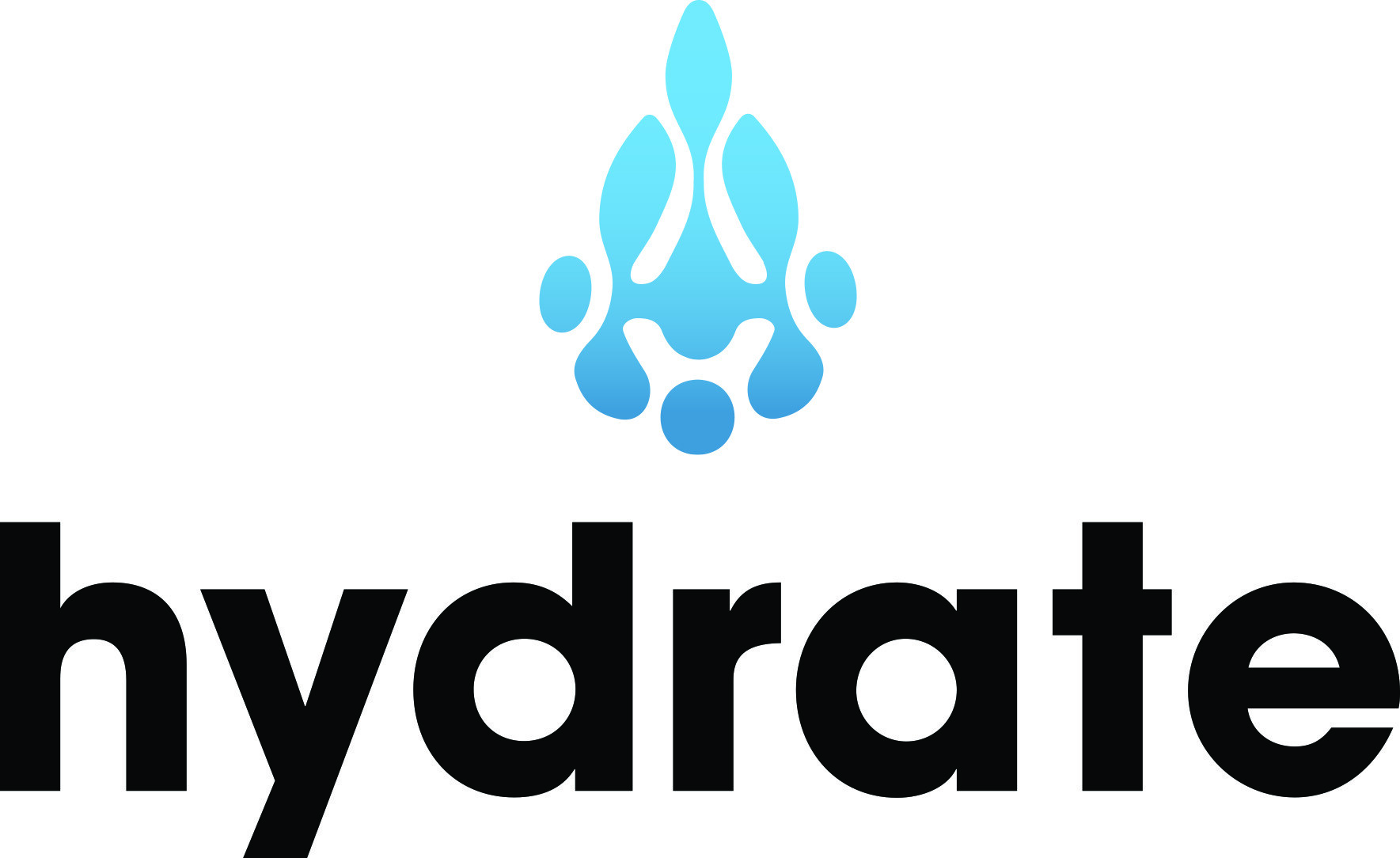In 2025, the marketing landscape is more data-driven than ever before. Yet, the way we collect and utilize that data has undergone a seismic shift. With the phase-out of third-party cookies and the rise of privacy-first approaches, zero-party data has emerged as a crucial pillar of effective marketing. Here’s what you need to know about this transformation and how we can adapt to stay ahead.
The End of an Era
In 2020, Google announced its intention to phase out third-party cookies from its Chrome browser – a move that sent shockwaves through the digital marketing industry. Third-party cookies, long the backbone of targeted advertising, allowed marketers to track user behavior across websites and deliver hyper-personalized ads. However, rising concerns about user privacy and the introduction of laws like GDPR and CCPA spurred a need for change.
Initially, Google planned to end cookies by 2022, but implementation delays pushed this timeline forward to 2024. The delay gave marketers a reprieve but also underscored the urgency to explore alternative methods for data collection. Now, in 2025, we find ourselves adapting to a world where third-party cookies are largely phased out, and new strategies and technologies have taken center stage.
Three Different Types of Data
As third-party data becomes a relic of the past, zero-party data has stepped into the spotlight. What’s the difference?
- Third-party data refers to information collected by entities that do not have a direct relationship with the consumer. It is often aggregated from various sources, such as browsing history or demographic databases, and sold to marketers for targeted advertising.
- First-party data also exists and is passively collected from user behavior (e.g., website visits or purchase history).
- Zero-party data is intentionally shared by consumers. This includes information provided through surveys, preference settings, loyalty programs, and interactive experiences.
Why Zero-Party Data Matters
As digital privacy concerns rise and data regulations tighten, businesses must rethink how they collect and use customer information. Consumers are more aware of their digital footprints and increasingly demand transparency in how their data is handled. Zero-party data (ZPD) provides a solution that benefits both brands and their audiences – offering marketers high-quality insights while giving consumers control over their information. This shift is not just about compliance; it’s about building trust and creating meaningful, personalized experiences that respect user preferences.
- Deeper Personalization: Since zero-party data comes directly from consumers, it’s highly accurate and reflects their true preferences and intentions.
- Enhanced Trust: Transparent data collection fosters stronger relationships with consumers, who feel more in control of their personal information.
- Compliance with Privacy Laws: By relying on willingly provided data, marketers can adhere to evolving regulations without fear of breaches or fines.
How Google Analytics Supports Zero-Party Data Efforts
Tools like Google Analytics can complement ZPD collection efforts, providing insights into website behavior that aligns with user-shared preferences. By integrating ZPD insights with analytics tools, you can build a cohesive understanding of your audience while adhering to privacy-first standards. Here are some other ways Google Analytics can help:
- Unified Data Views: By combining first-party and zero-party data, Google Analytics offers a comprehensive understanding of user behavior without compromising privacy.
- Event Tracking: Marketers can track user interactions, such as form submissions and preference updates, to enrich their ZPD strategies.
- Custom Reporting: Google Analytics allows for tailored reporting, helping brands measure the impact of ZPD campaigns and refine their approaches.
- AI-Powered Insights: AI’s predictive analytics capabilities help fill gaps left by the absence of third-party data, enabling marketers to anticipate trends and user needs.
Adapting to the New Normal
The transition to ZPD collection is more than a trend; it’s a paradigm shift. This shift hasn’t just changed how we collect data – it’s transformed our ability to target and engage with our audiences. Brands that embrace this change will be better positioned to build trust, foster loyalty, and deliver value to their audiences. Here are the key strategies marketers are using in 2025 to thrive in this new environment:
1. Interactive Tools for Data Collection
- Quizzes, surveys, and polls invite users to share their preferences in exchange for personalized recommendations or rewards.
- Loyalty programs encourage ongoing engagement, with users willingly updating their profiles for better rewards or experiences.
2. Contextual Advertising
- Ads are now targeted based on the context of the website or content rather than user-specific data. For example, an outdoor gear brand might advertise on a hiking blog instead of targeting individuals who’ve previously browsed camping equipment.
3. Partnerships and Collaboration
- Many brands are teaming up with publishers and platforms to access aggregated, anonymized data that provides broader insights without compromising user privacy.
To Summarize…
Without third-party cookies, marketers have had to recalibrate how they approach targeting. While personalization remains a priority, the emphasis has shifted from invasive tracking to building authentic relationships with consumers. This change has its challenges but also presents significant opportunities to stand out in a crowded digital space.
- Pre-Cookie Phase-Out: Campaigns relied heavily on tracking behavior across multiple sites. Targeting was precise but often seen as intrusive.
- Post-Cookie World: Campaigns now leverage ZPD and contextual insights, balancing personalization with consumer consent.
Let’s Talk About the Future
The shift to ZPD may feel daunting, but it’s also an opportunity to redefine how we connect with audiences. If you’re unsure how to navigate these changes or simply want to discuss what this means for your business, let’s connect. Our team of marketing experts is here to help you make sense of the evolving data landscape and craft strategies that put your brand ahead of the curve.
Reach out today to continue the conversation and explore how ZPD can transform your marketing approach.








